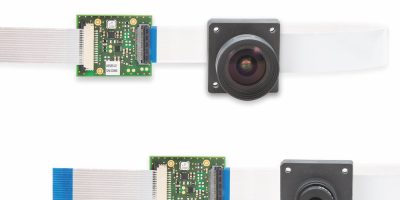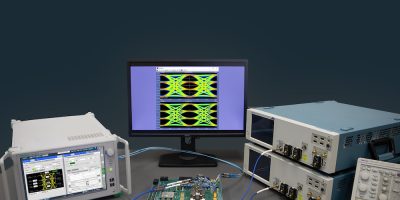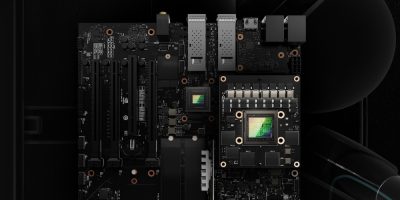Add-on camera kits announced by Basler at the Nvidia GTC conference this week, support the Nvidia Jetson Orin Nano system on modules (SoMs). These SoMs have set a new baseline for entry-level edge AI and robotics, said Basler. The five and 13Mpixel camera kits are ready to use vision extensions that include an adapter board, camera, lens and cables.
The Basler Camera Enablement software package enables smooth integration of Basler’s Camera Software pylon with the Nvidia JetPack software development kit. A Camera Enablement package includes a Basler camera kernel driver, device-tree overlays for the supported boards, GenTL Producer and the pylon Viewer application. The camera kits are claimed to offer the most cost-effective prototyping approach and are suitable for mass production.
The camera kits are scheduled to be available from the beginning of 2023. Basler explained that customers can develop edge AI, robotics, AIoT (AI of things) and embedded solutions on the Nvidia Jetson AGX Orin developer kit and then deploy and scale applications on the AGX Orin production modules. When the Orin Nano and Orin NX modules become available they will also be compatible.
“Our portfolio ranges from different cameras and products to complement vision applications to the Pylon software framework for AI-based image processing solutions,” said Malene Fricke, head of module business at Basler.
“The upcoming Nvidia Orin Nano SoMs are an ideal processing platform to develop advanced edge AI vision systems for . . . customers focusing on automation applications in smart factories, the medical and life sciences market, robotics and logistics use cases, as well as intelligent traffic systems,” she added.
Basler manufactures imaging components for computer vision applications. In addition to classic area scan and line scan cameras, lenses, frame grabbers, light modules, 3D products, and software, the company offers embedded vision products, consulting services, customer specific software development as well as customised products.
The company’s products are used in a variety of markets and applications, including factory automation, medical, logistics, retail, and robotics.
Founded in 1988, the Basler Group employs around 1,000 people at its headquarters in Ahrensburg, Germany and other locations in Europe, Asia, and North America.







